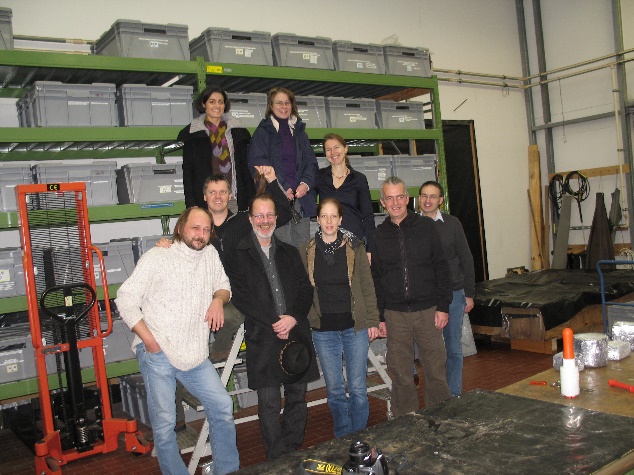Wet Wood Conservation
The KUR project area Wet Wood Conservation has set itself the goal of objectively and critically comparing common, nationally and internationally applied wet wood conservation methods. For this purpose, statistically evaluable quantities of unpreserved test specimens were produced from archaeological wet wood and their preliminary condition was documented. In order to exclude application errors, the conservation of the sample timbers was carried out by colleagues who are familiar with their methods and whose laboratories are appropriately equipped.
The following institutes or colleagues could be won for cooperation:
- Danish National Museum Copenhagen, Anne Le Boedec Moesgard, PEG one step
- Brandenburg State Office for the Preservation of Monuments in Zossen: Mr. Brather, PEG two steps, lactitol/trehalose
- Archaeological State Collection Munich: Mrs. Gemsjäger-Ziegaus, Ms Klonk, PEG three steps
- Saxon State Office for Archaeology in Dresden: Mr. Gebhard, Sucrose
- Römisch-Germanisches Zentralmuseum Mainz: Mr. Muskalla, Mr. Wittköpper, Kauramin 800
- Swiss National Museum in Zurich: Mr Andre and Mrs Schmitt-Ott, alcolhol ether resin
- Department of Anthropology, A&M University in Texas: Hr. Smith und Fr. Dewolf, silicone oil
After completion of the conservation, the final documentation was carried out according to the same criteria as the pre-condition documentation.
The documentation and its results are stored in a structured way in a database and are accessible to everyone on this website. In addition to information on conservation methods, detailed application techniques, stabilisation results, costs, time required, etc., access to the database also allows tables to be individually structured and analyses to be carried out both mathematically and graphically. access to the database also allows tables to be structured individually and analyses to be carried out both mathematically and graphically. The database will offer professional colleagues and interested laypersons the possibility to independently assess conservation results and show possible solutions for specific problems in wet wood conservation. The project was carried out from 2008 to 2011.


